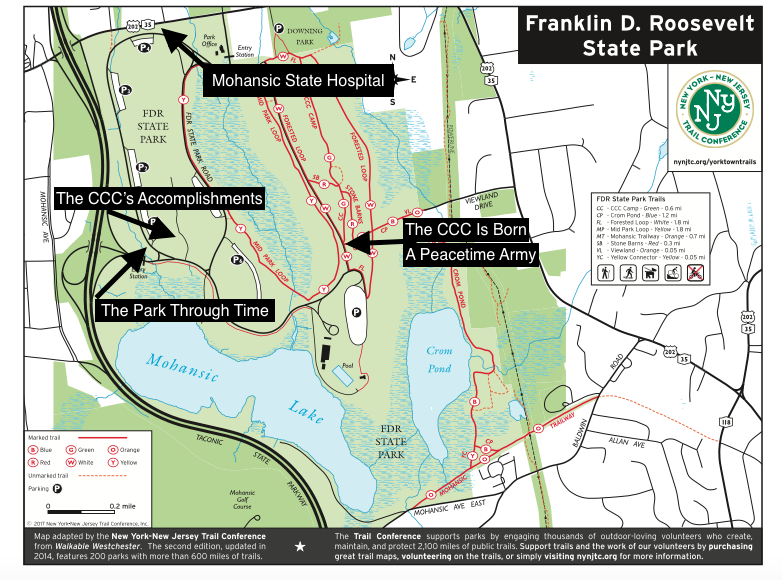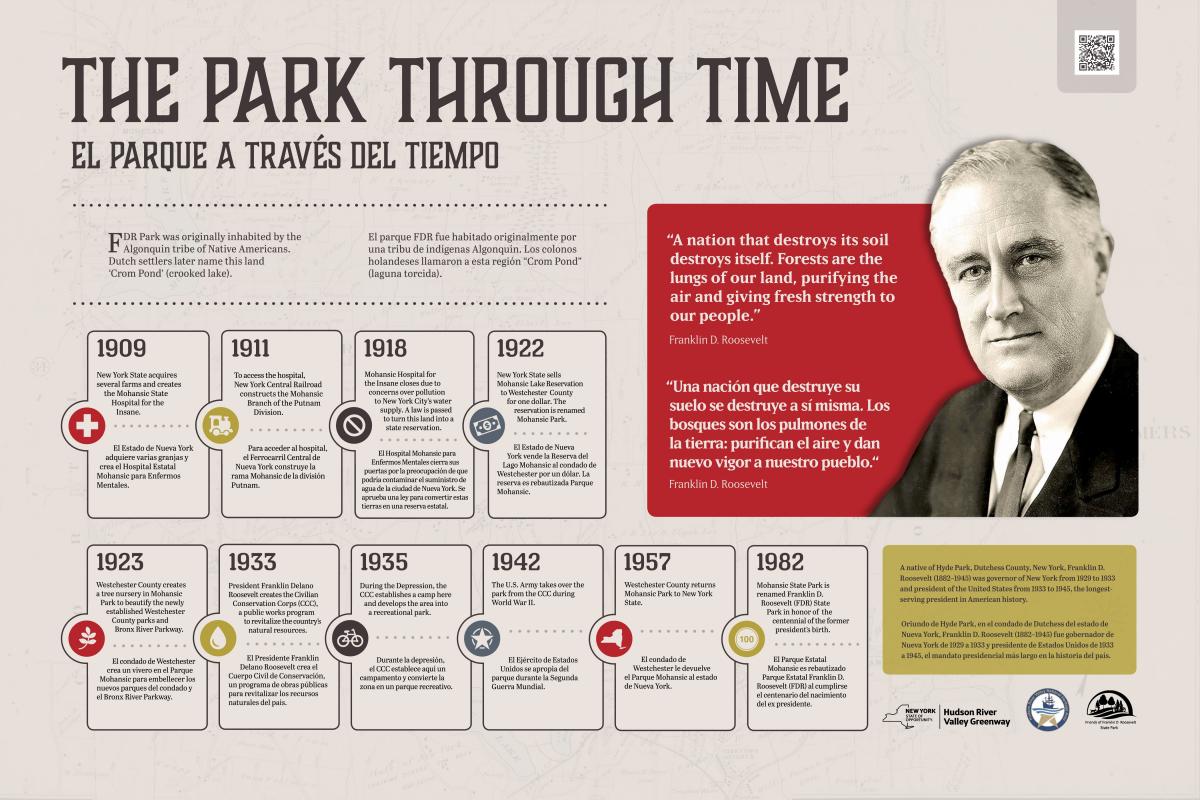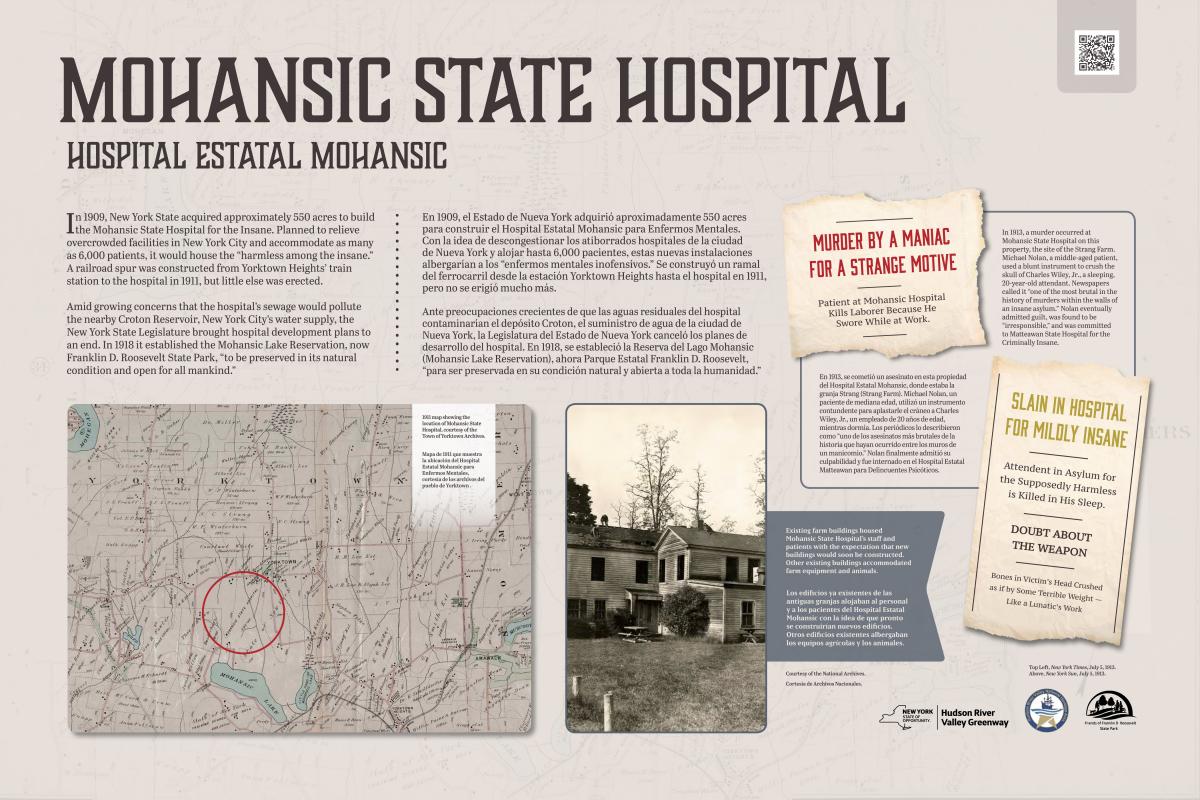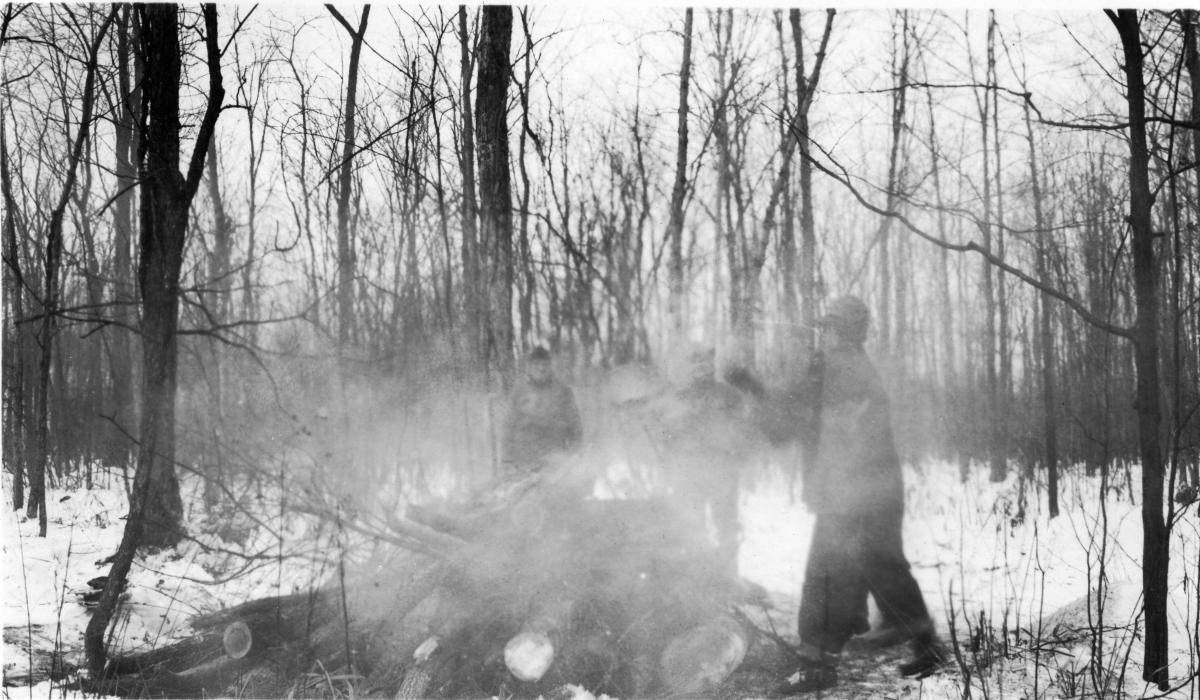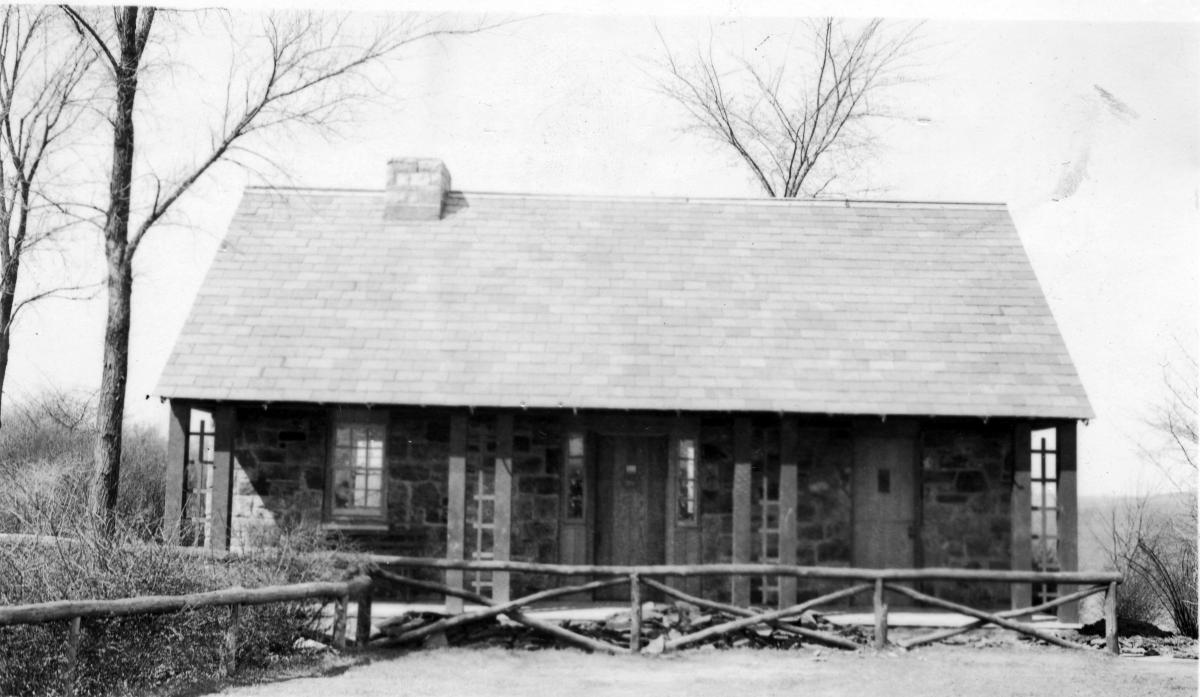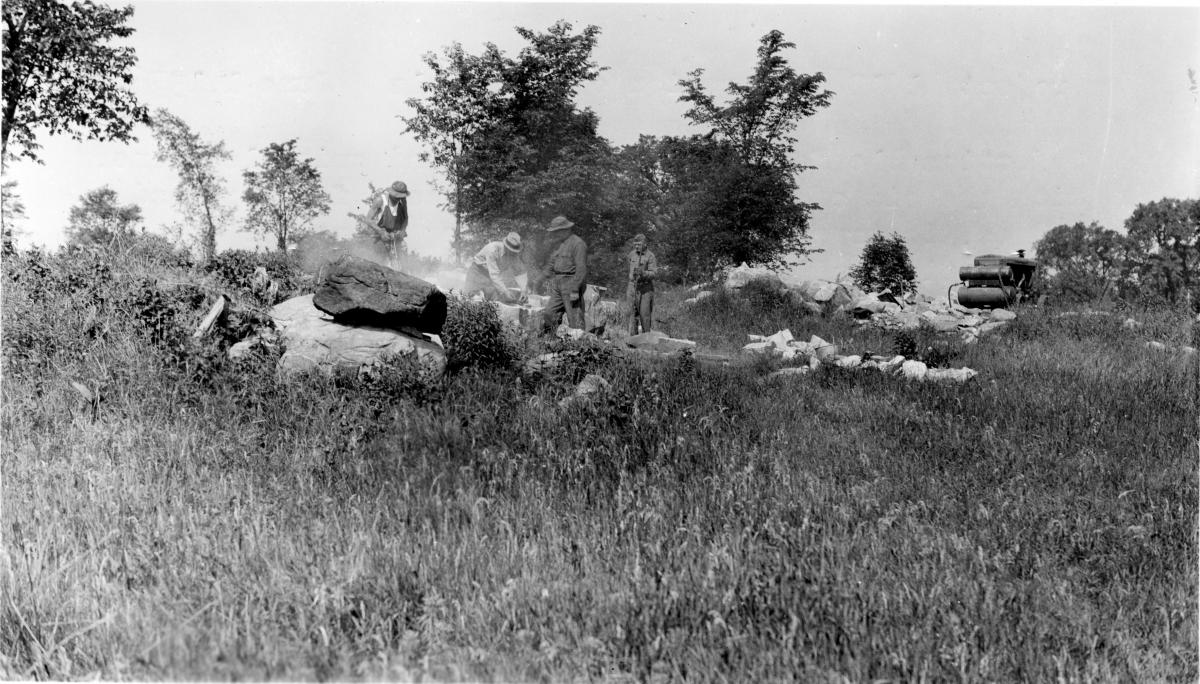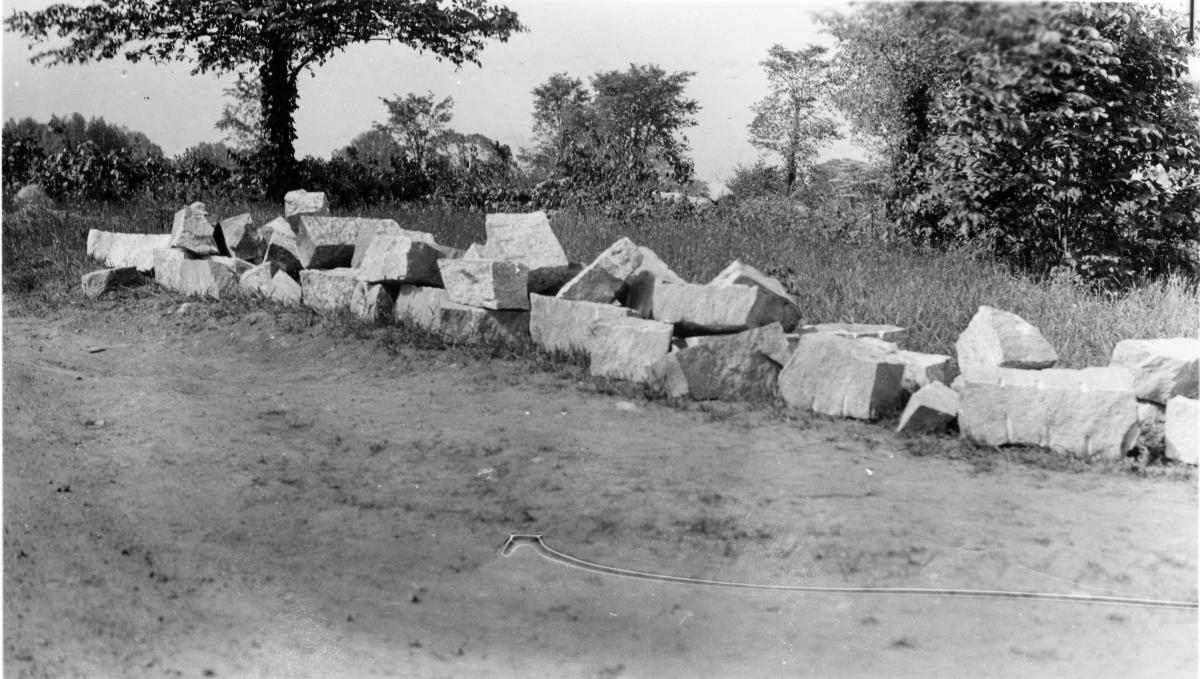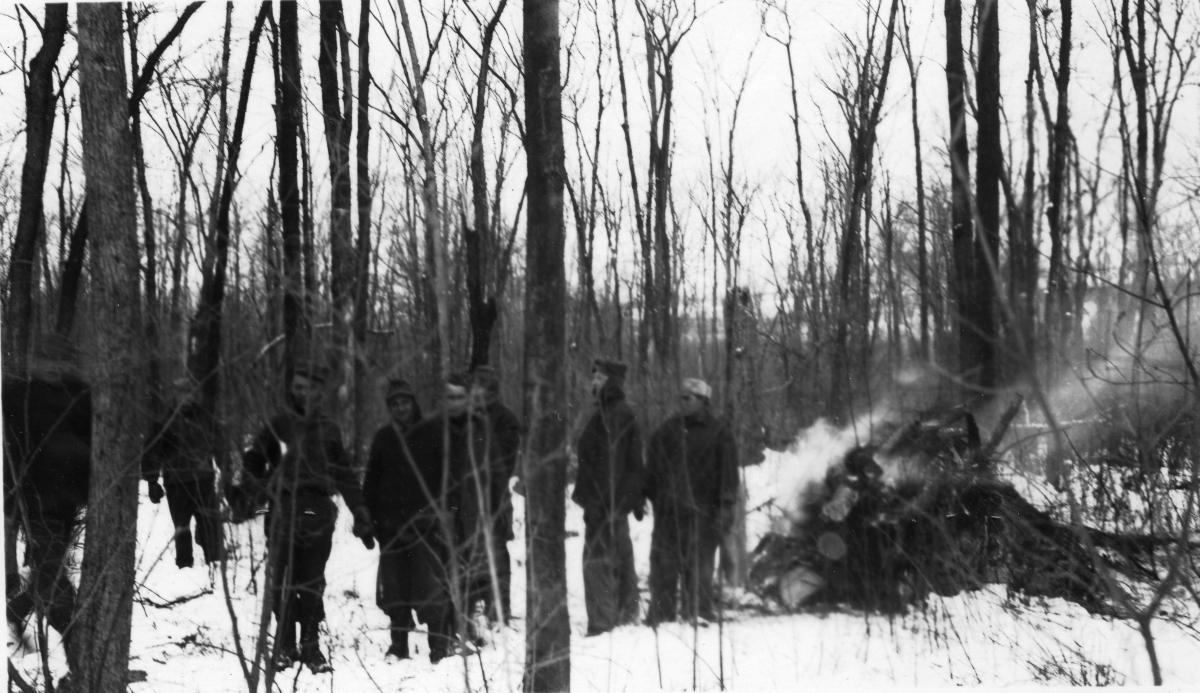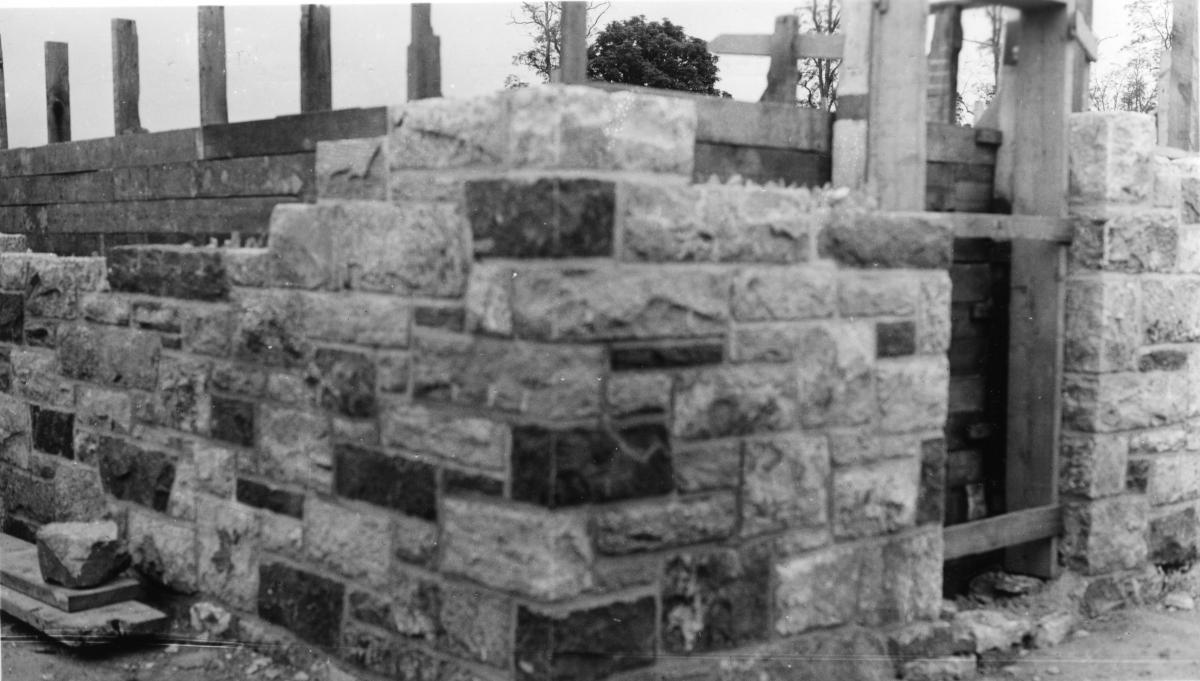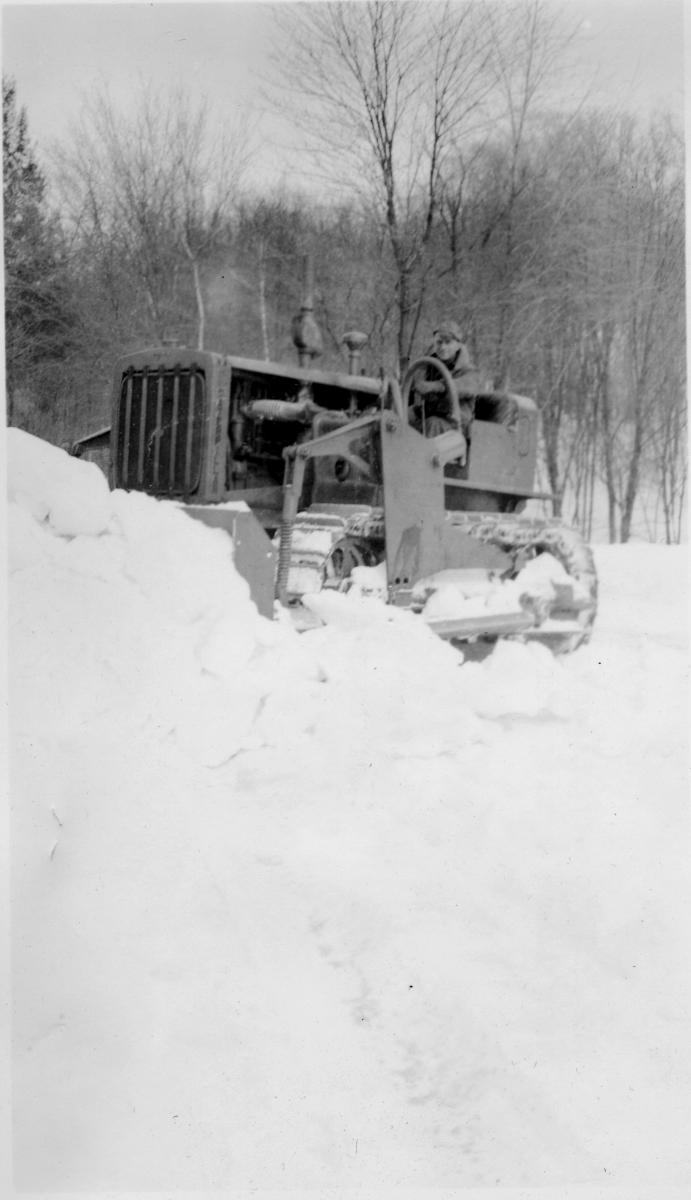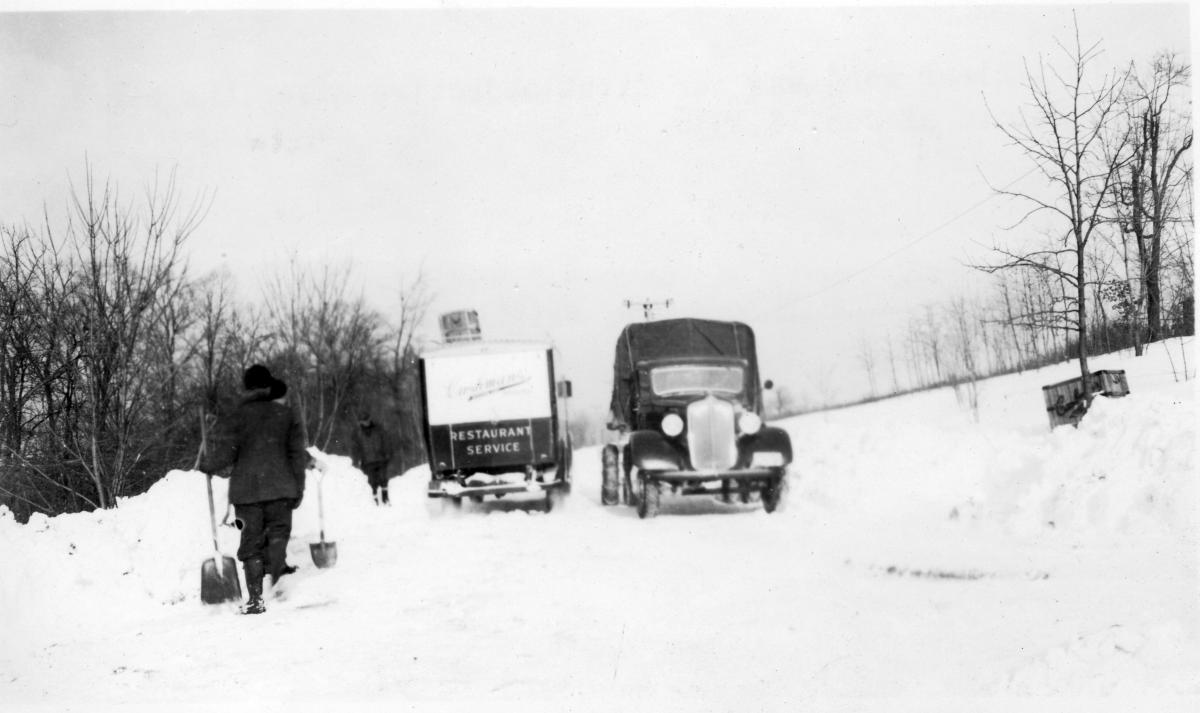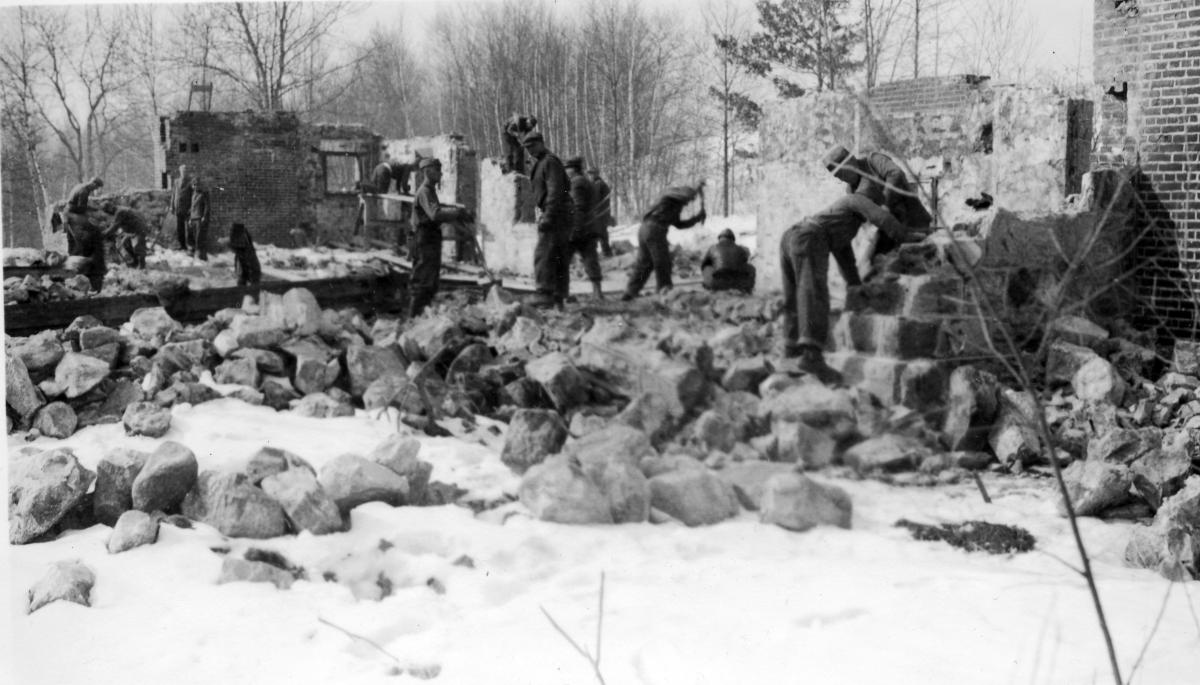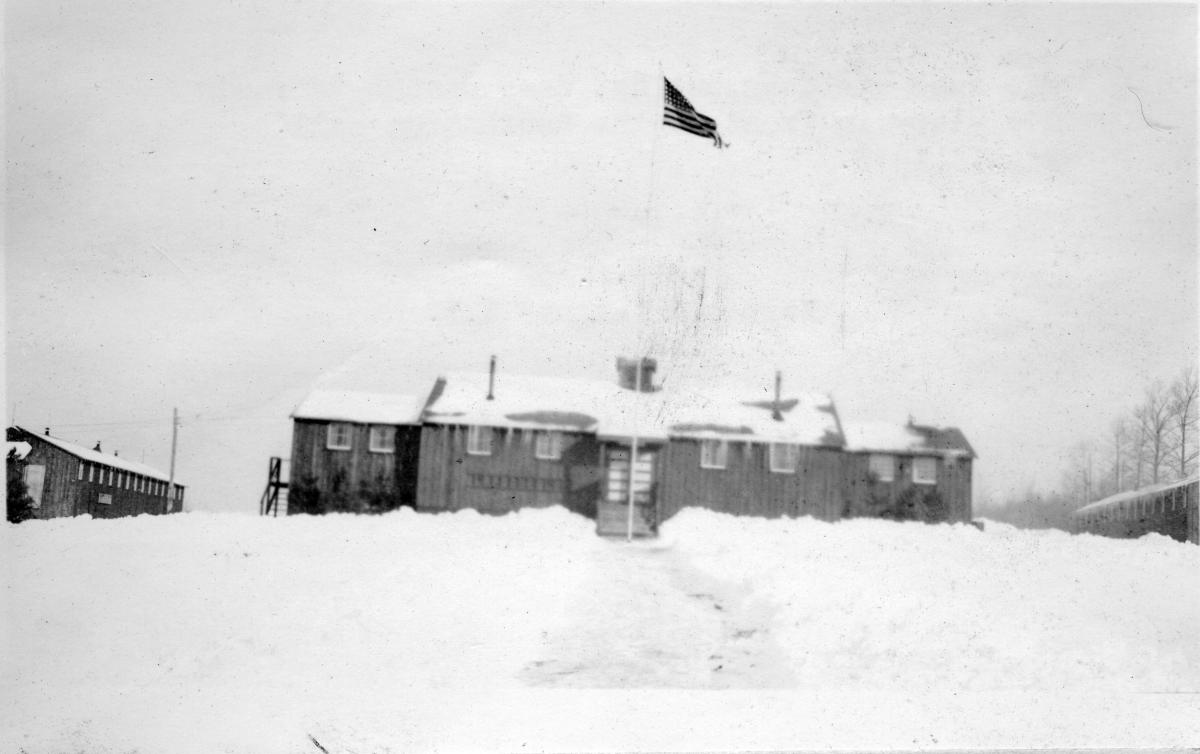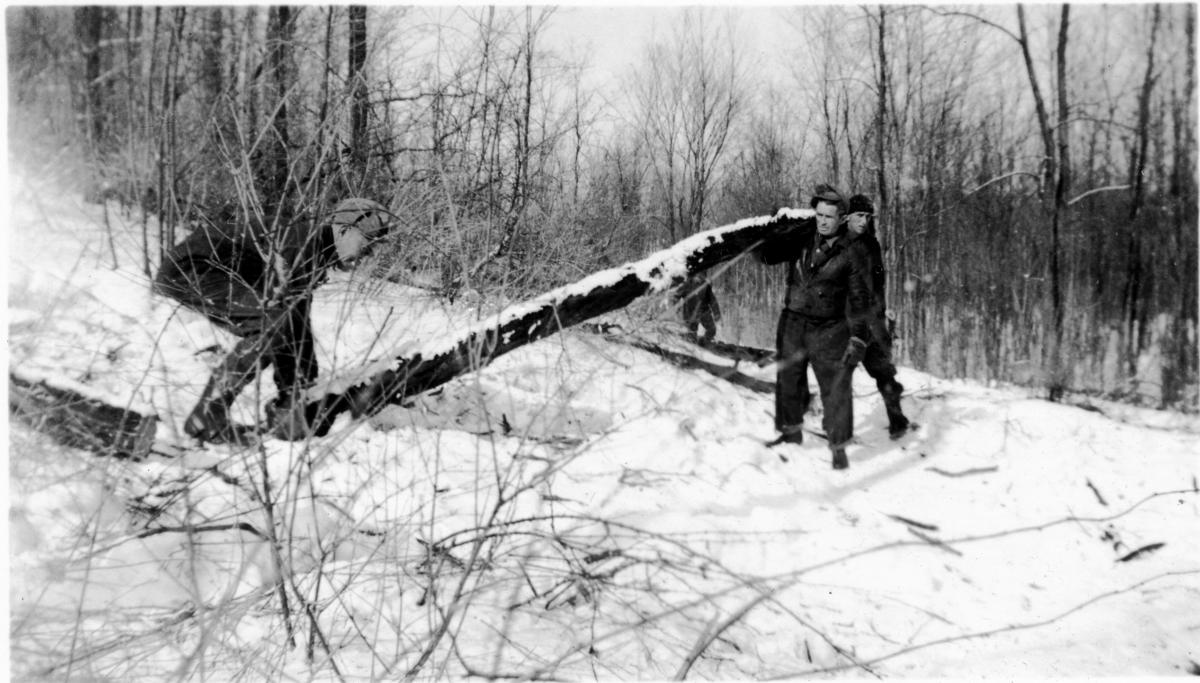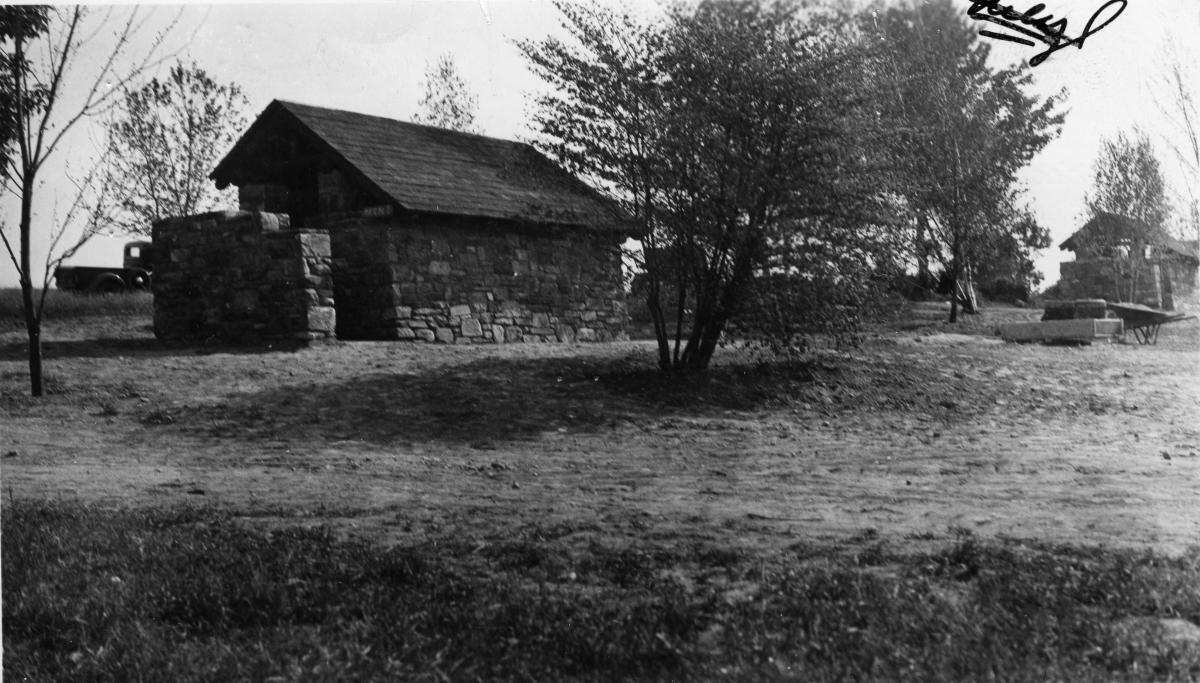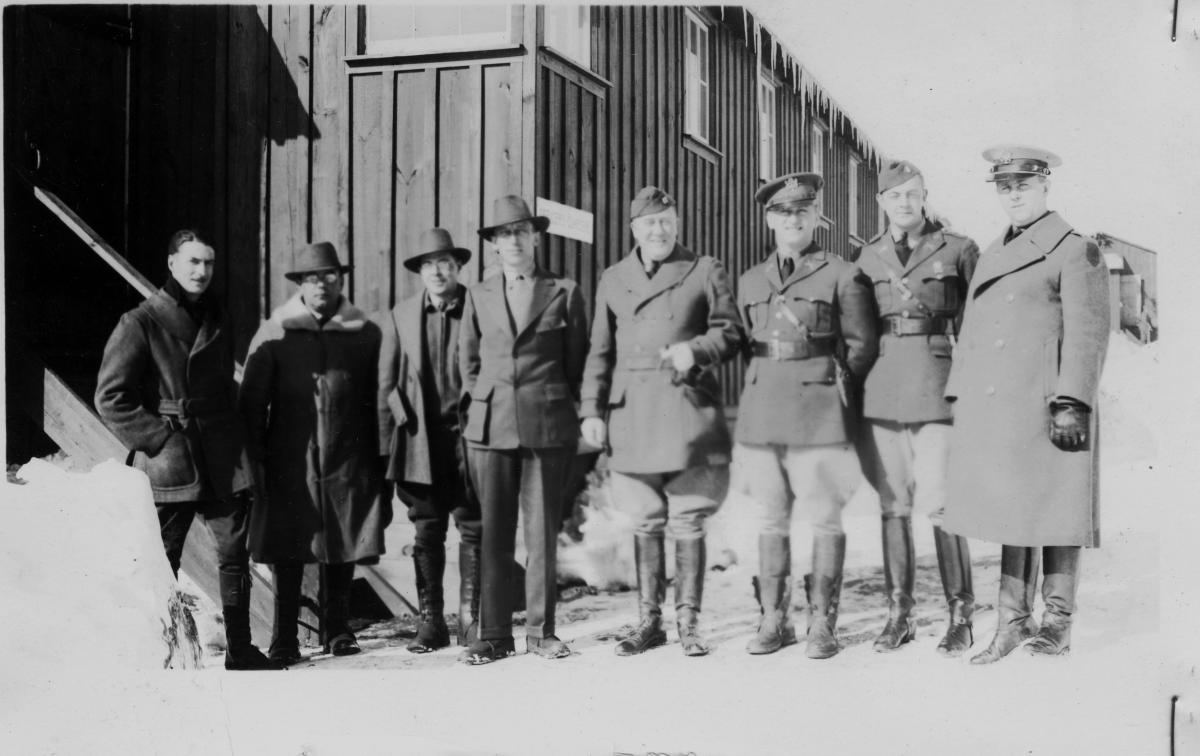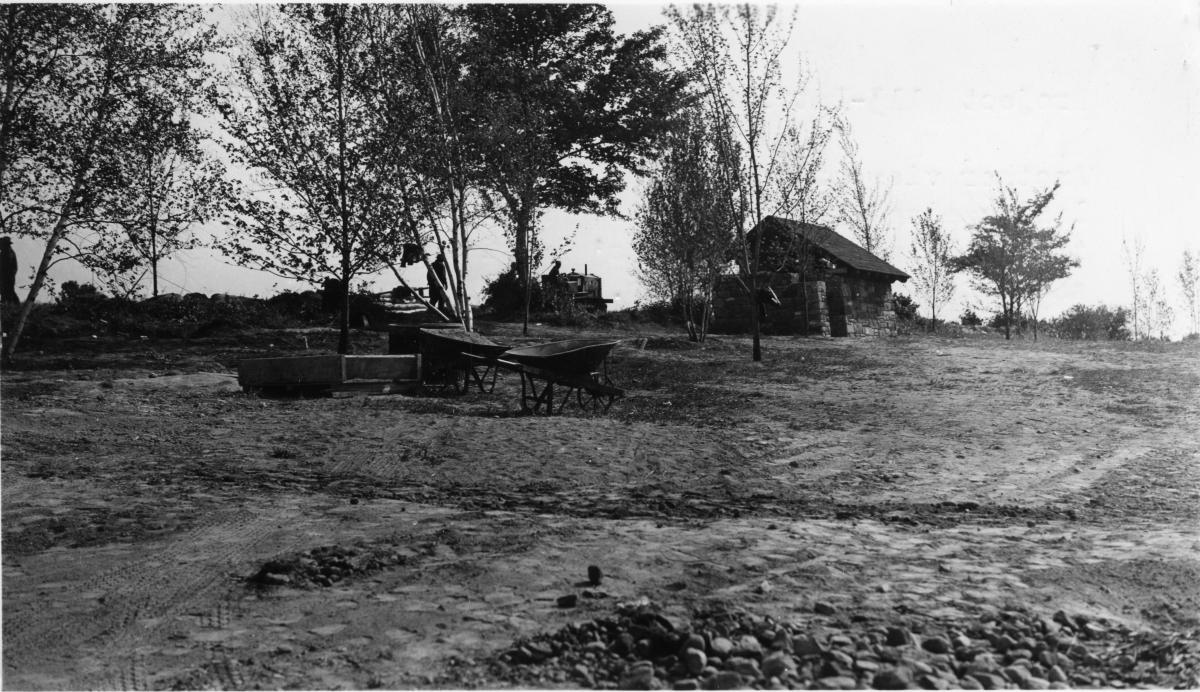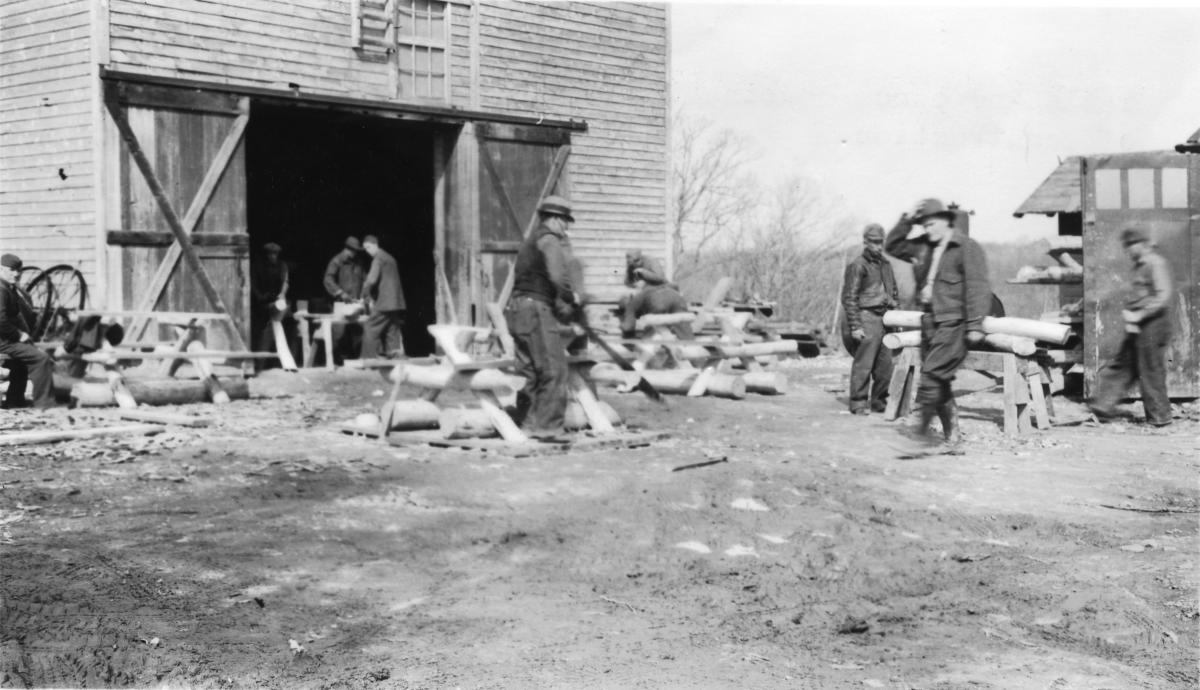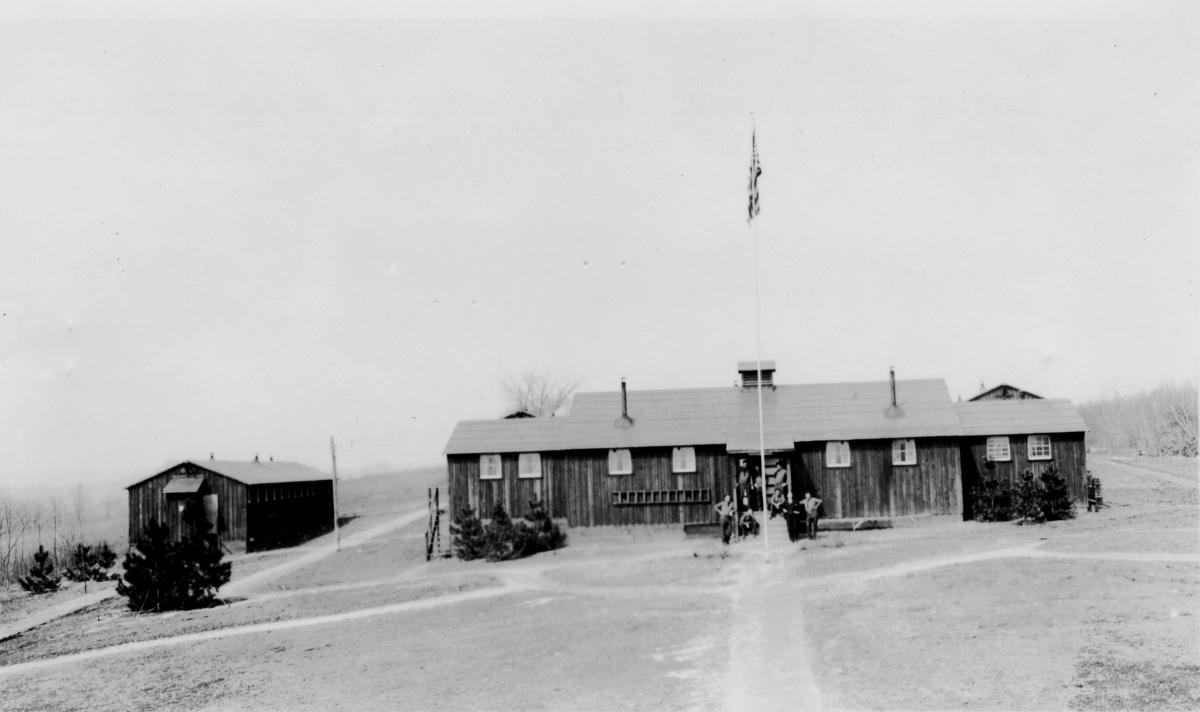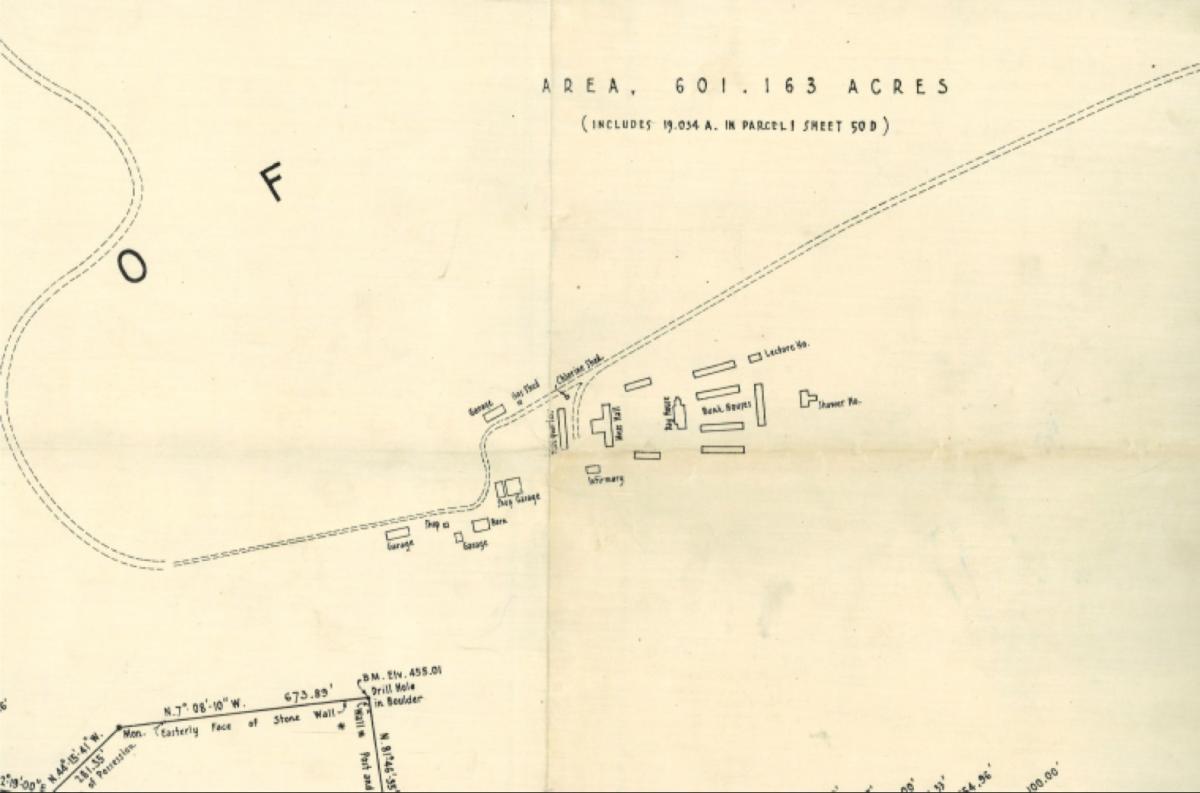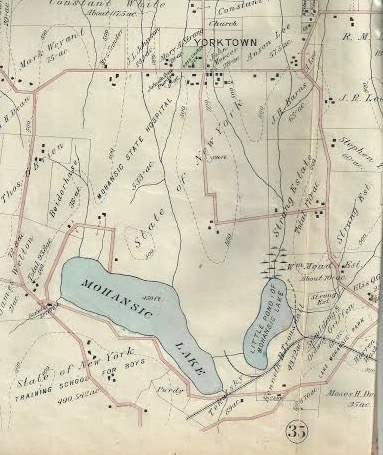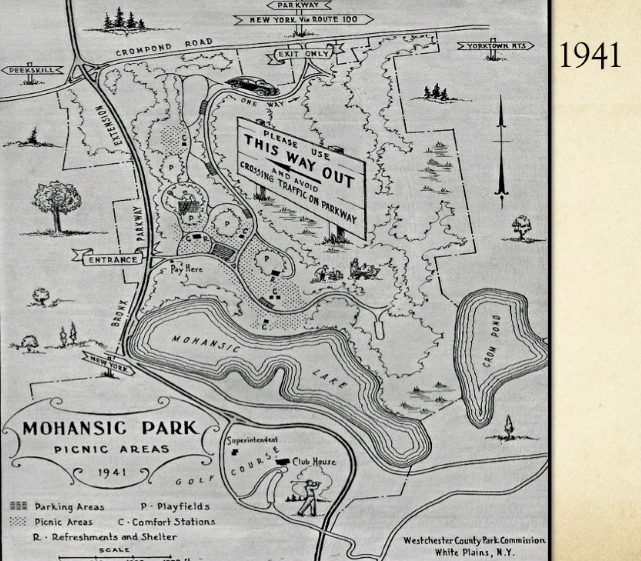|
Click on image to see full size map
|
Signs Presenting the History of FDR State Park
This map shows the location of the 5 signs presenting the history of FDR Park. They were donated to the Park by the Friends of FDR and funded though a grant from the Hudson River Valley Greenway and installed in 2017.
|
|
Click on image to see full size photo
|
Some additional information related to the history of the Park:
-
1781-1782 During the Revolutionary War, French General Rochambeau’s army encamped near the lake.
-
1908 Land south of Mohansic Lake ( now Mohansic Golf Course) was once part of this park. Purchased a year earlier it became NYS Training School for Boys,a farm adjunct to the institution of the Society for the Reformation of Juvenile Delinquents. A railroad spur from the Mohansic Branch of the NY Central’s Putnam Division will later be built.
-
1919 After World War I, land was used for storage.
-
1927 - 1932 Bronx River Parkway Extension is built, 20.7 miles.
-
1935-1942 CCC accomplishments included work done at the Mohansic Golf Course, which was opened to the public in 1925.
-
1942 US Army takes over park. First used as an army camp then used as a rest and rehabilitation area for British & US servicemen fighting in war.
-
After WW2, area is used for a summer camp as soldiers return and have families.
-
1950’s CCC’s recreation hall was used as a community center and for square dancing. It eventually burnt down.
-
1964 Pool is completed.
-
2011-2022 Friends of Franklin Delano Roosevelt and Donald J Trump State Parks was established. Their major accomplishment was building boardwalks and bridges to connect the recreational portion of the park to town-owned property and the business district of Yorktown Heights. They also installed interpretative signs in the park which are what you see here.
|
|
Click on image to see full size photo
|
Some additional information related to the birth of the CCC:
-
Roosevelt sets policies to save our depleting natural resources as governor and senator of New York.
-
After the Stock Market Crash of 1929, many teenagers quit school to help support their family or just left home because they were another mouth to feed. They were known as the ‘Teenage Tramps of America’, looking for a future.
-
President Roosevelt takes office March 4, 1933. In an effort to heal the land and heal man, the CCC is created on March 31,1933.
-
In 1932, appox. 20,000 WWI Veterans from around the country camp out in Washington, DC. It was the biggest mass demonstration in Washington up to that time.
-
President Hoover calls for their removal sending out General Douglas MacArthur and his aide, Dwight D. Eisenhower. They went out with teargas, horses, tanks and torched their encampments.
-
In 1933, although Congress could still not afford to give them their ‘bonus pay’, President Roosevelt allows them to join the CCC.
25,000 vets join immediately!
|
|
Click on image to see full size photo
|
Some additional information about life at the CCC Camp:
- Due to the March 1922 Stipulation stating that there to be ‘proper sanitary protection of all sources of the NYC water supply’, this camp was equipped with town water, water tower, flushing toilets and showers. This was probably why Camp SP 52 remained active longer than other camps around the country (1935-1942).
- An important part of all the camps was the kitchen and mess hall. The mess sergeant, cooks and baker were reported to have a lot to do with the morale of the men, and their willingness to, “Do right by the boys.” The mess sergeant was a former cook on ocean liners and in NY hotels. His first cook was a former chef at the Statler Hotel.
- Archived reports stated that many of the enrollees had become rehabilitated, but that some were not entirely over their WW1 experiences.
- Softball seemed to be a favorite sport. The men built a baseball diamond. Their league played games with senior teams in neighboring towns. In 1937 they led the Veterans Intercamp Softball League!
|
|
Click on image to see full size photo
|
Some additional information on the accomplishments of the CCC..."Lest We Forget"
- Duration of Program: April 5, 1933 to June 30, 1942
- Nicknames: "Roosevelt's Tree Army", "Tree Troopers", "Soil Soldiers", "Cee's", "3 C's", "Colossal College of Calluses", "Woodpecker Warriors"
- Total Men Enrolled: 3,463,766
- Juniors, Veterans and Native American Enrollees: 2,876,638
- Territorial Enrollees: 50,000 estimated
- Average Enrollee: 18-19 years old, 147 pounds, 5'8" tall
- Notable CCC Alumni: Raymond Burr (Actor), Walter Matthau (Actor), Red Schoendienst (Baseball Player), Stan Musial (Baseball Player), Archie Moore (Lightweight Boxing Champion of the World), Chuck Yeager (Test Pilot), Marshall Davis (Illustrator)
- Number of Illiterate Enrollees Taught to Read: more than 40,000
- Average Number of Camps Operating in the U.S. Per Year: 1,643
- Camp Locations: Every state in the Union, plus Alaska, Hawaii, Puerto Rico, Virgin Islands
- Total Cost: 3 Billion Dollars
- Allotments to Dependents: $662,895,000
- Miles of Roads Built: 125,000
- Miles of Telephone Lines Strung: 89,000
- Miles of Foot Trails Built: 13,100
- Farmland Benefitted from Erosion Control Projects: 40 million acres
- Stream and Lake Bank Protection: 154 million square miles
- Range Revegetation: 814,000 acres
- Number of Enrollees Who Died Fighting Fires: 29
- State Parks Developed: 800
- Public Campground Development: 52,000
- Mosquito Control: 248,000 acres
- Number of Fish Stocked: 972 million
- Historic Preservation: 3,980 structures
- Number of Trees Planted: between 2 and 3 billion
- Unofficial Motto of the CCC: "We Can Take It!"
|
|
Click on image to see full size photo
|
Some additional information about Mohansic State Hospital:
- The institution consisted of seven groups of old farm buildings: Strang, Biederhase, Gross, Purdy, Menges, Johnson and Horton.
- According to a 1915 State Department of Health report the patients (referred to as inmates) were both physically and mentally able to work (on the land).
- It was recommended that because of the unsatisfactory and overcrowded conditions of the buildings at the institution that construction of a new hospital be completed as soon as possible. Due to concerns over pollution to the NYC water system, the hospital was never built.
|

